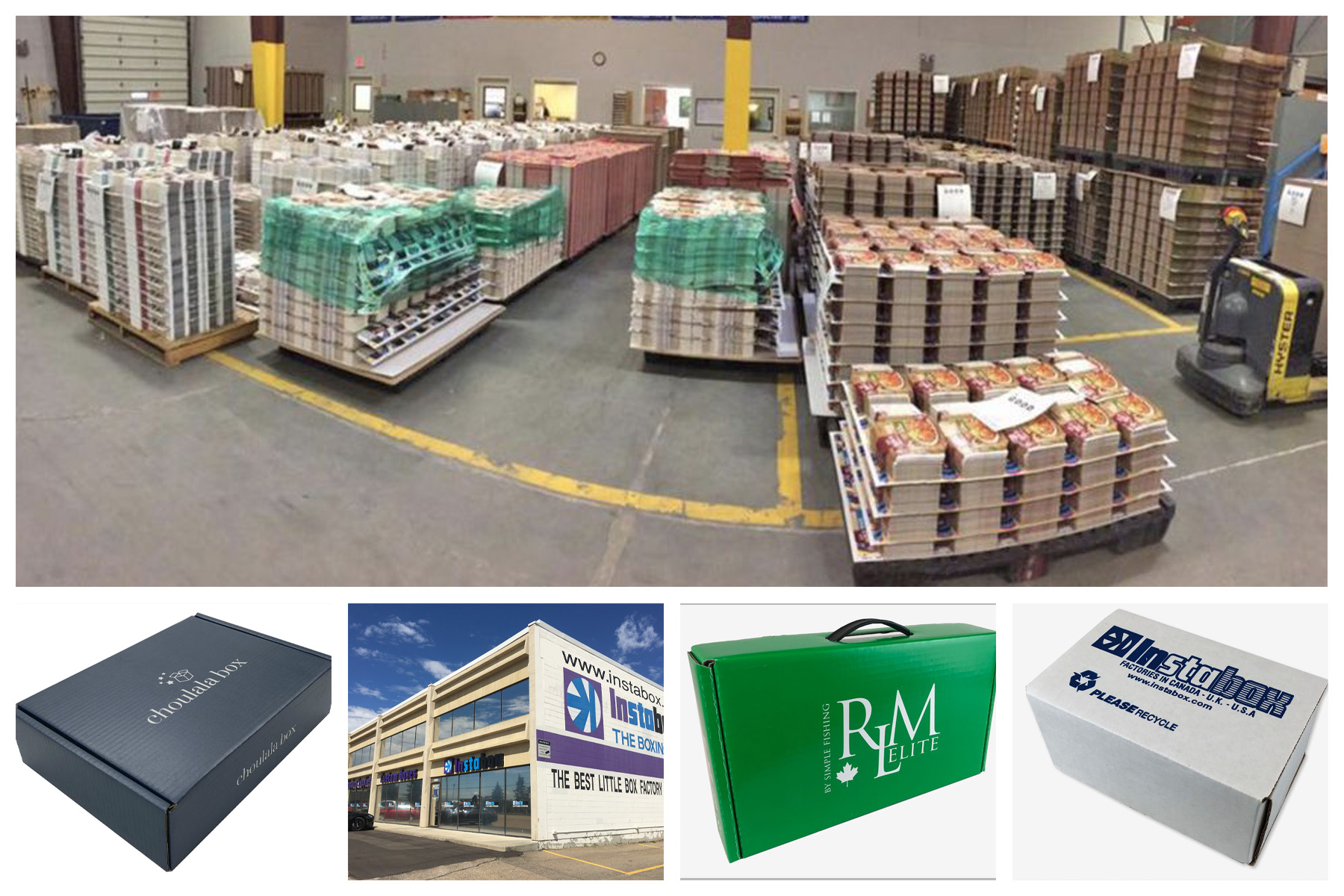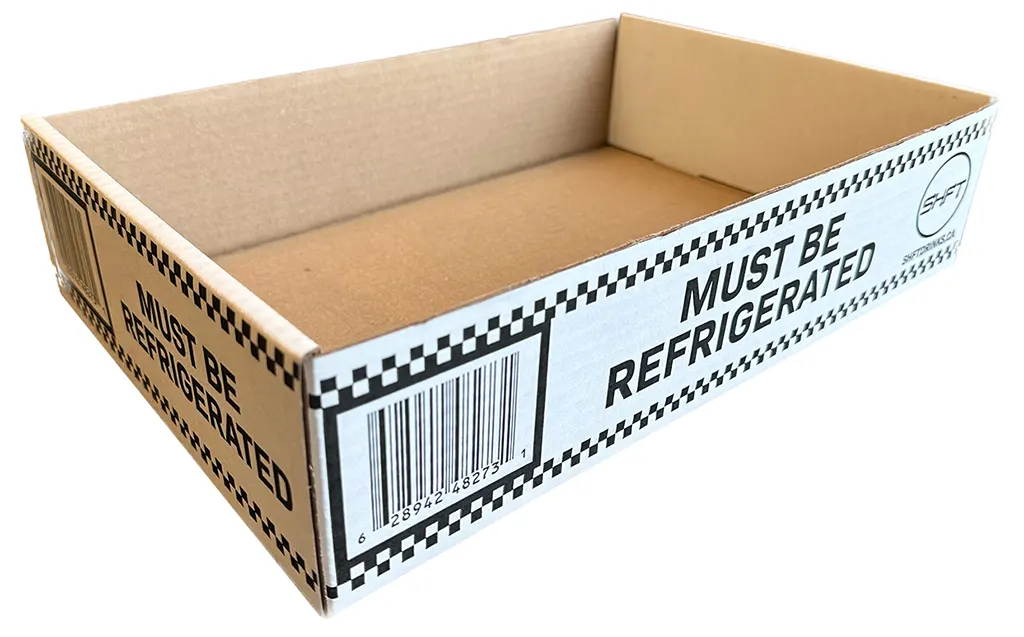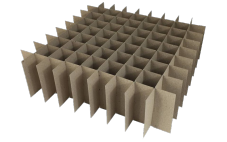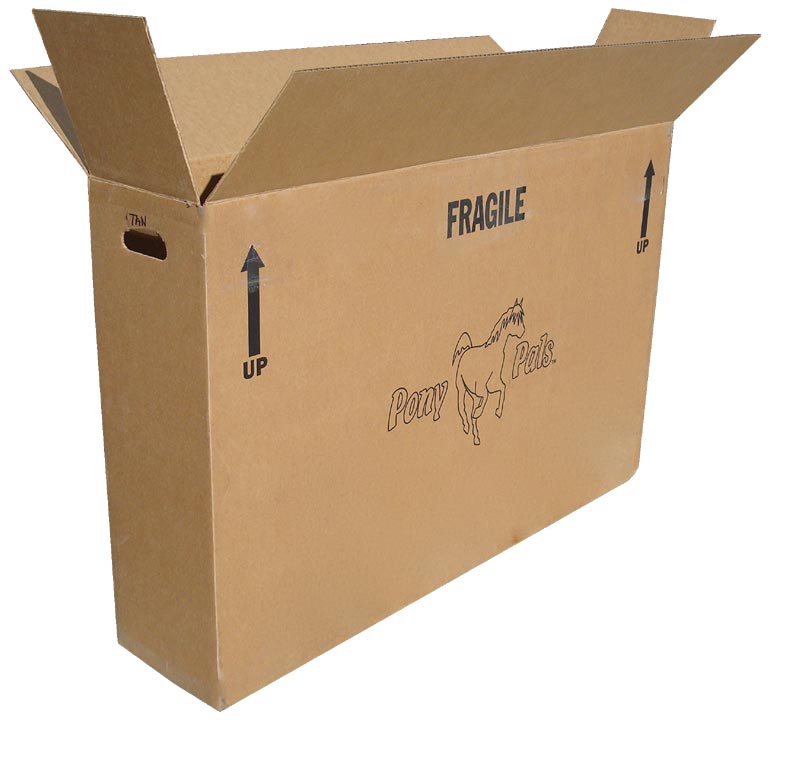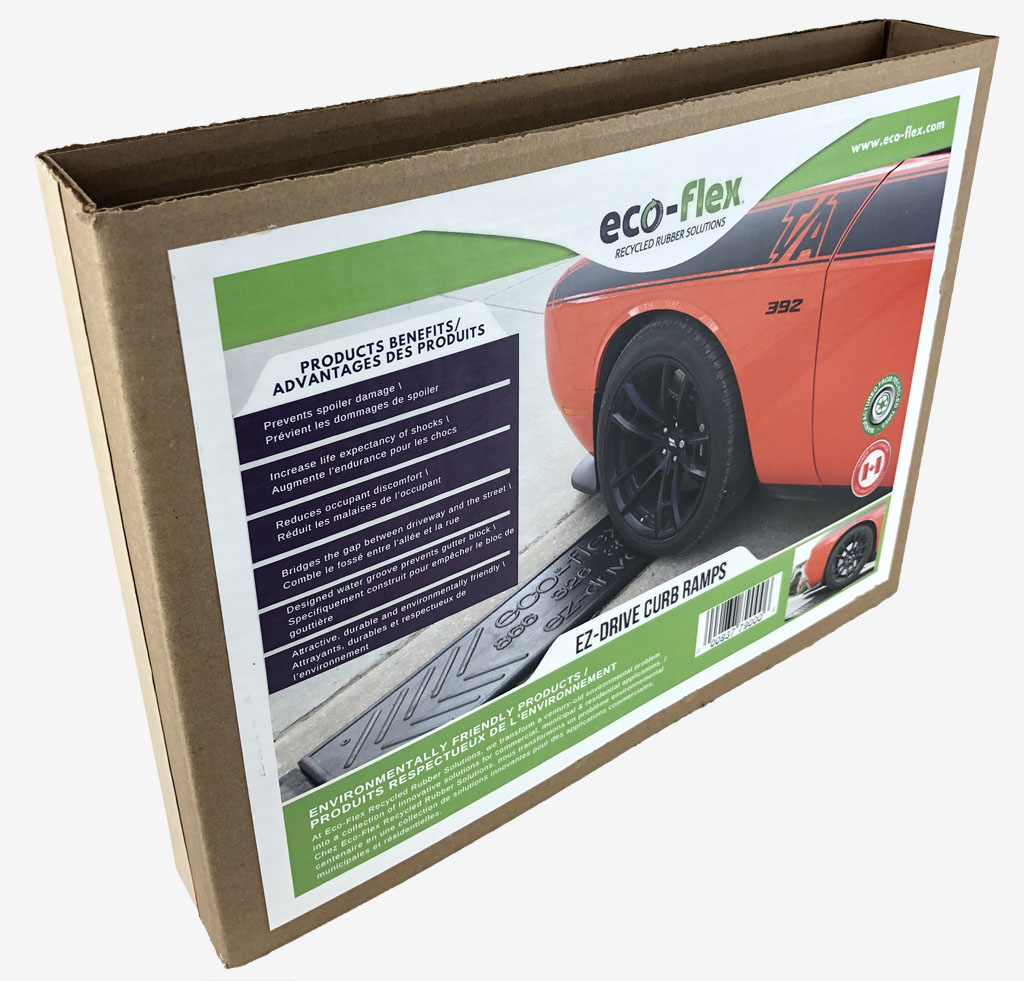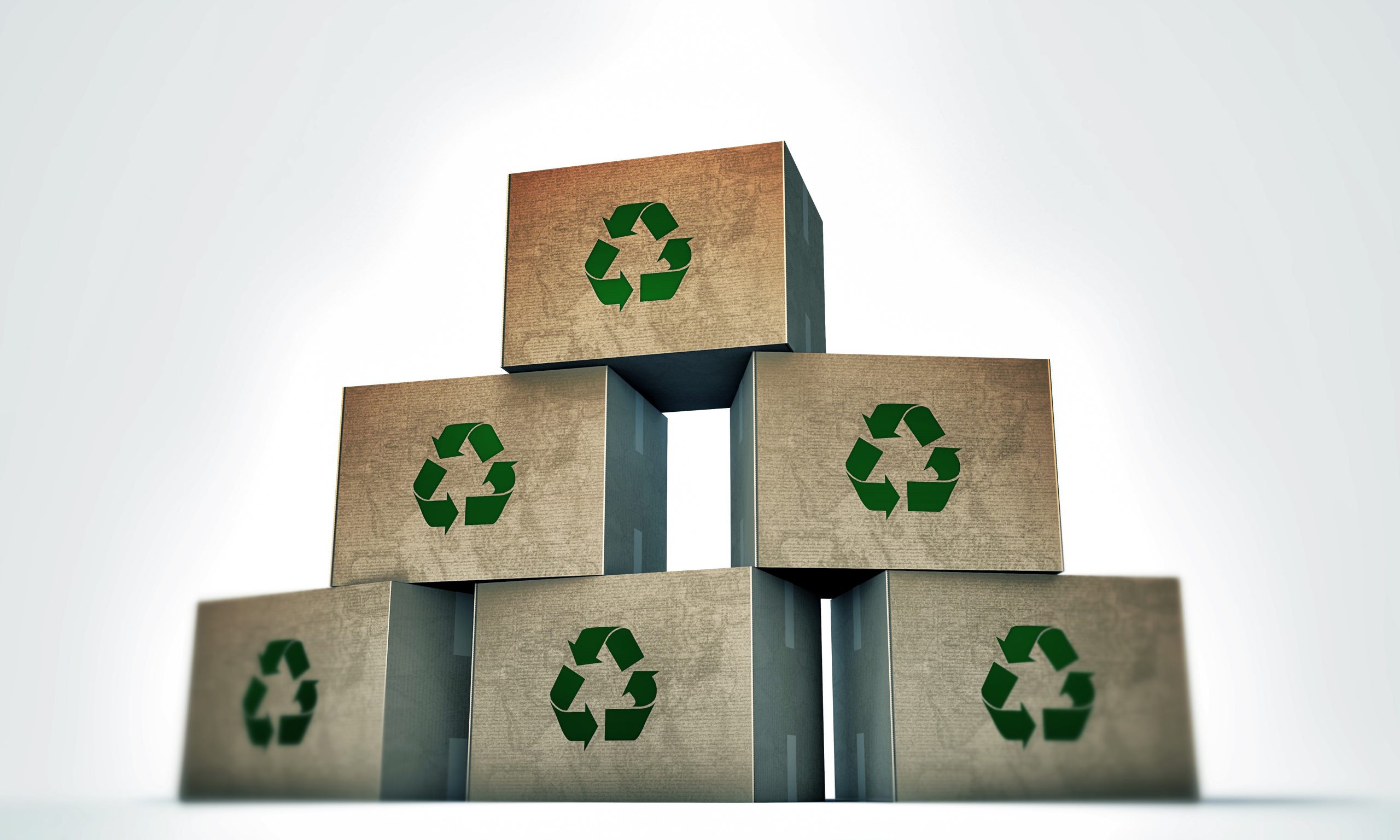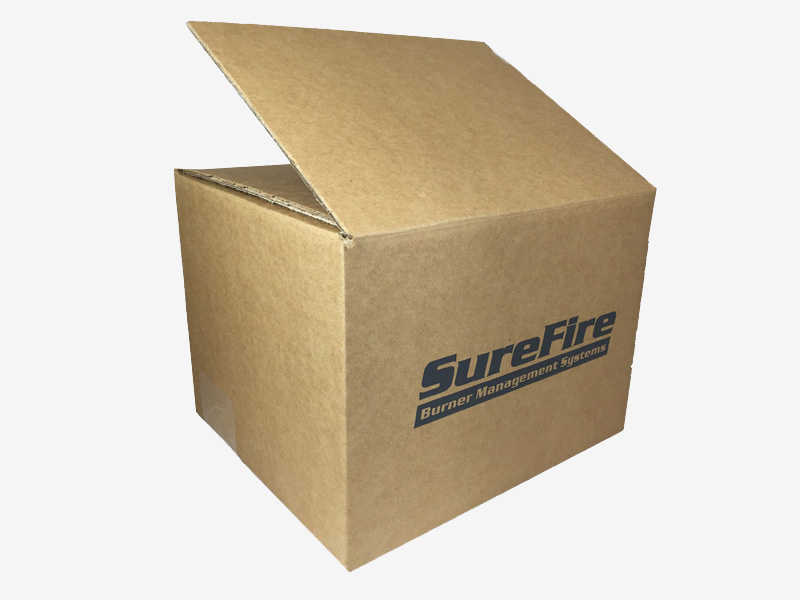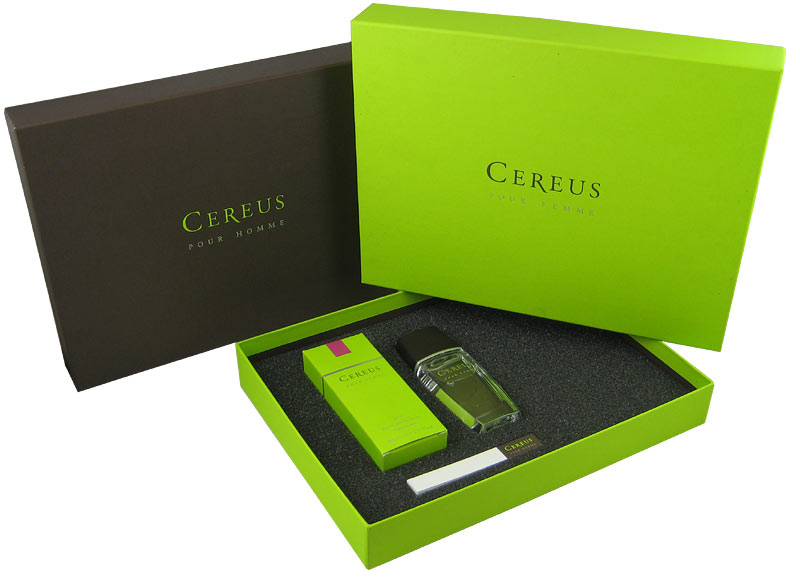
Gift-giving is not just about the item inside; the presentation plays an equally important role in making the recipient feel special. Whether it’s for a birthday, wedding, corporate event, or holiday celebration, the right packaging can enhance the perceived value of a gift. Small gift boxes offer a perfect way to present delicate and valuable items in a stylish manner. Among the various packaging options, gift boxes with lids stand out due to their practicality, aesthetic appeal, and ability to protect the contents inside.
Characteristics of Assorted Packages with Lids
Small gift boxes or assorted packages with lids are designed to combine elegance with functionality. Their compact size makes them ideal for holding small yet valuable items, while the lid provides a secure closure to keep the contents protected. These boxes come in a variety of materials, shapes, and finishes, allowing for customization to match different gifting occasions. These characteristics make assorted packages with lids an excellent packaging solution for those who want to make their gifts stand out.
Common Uses
Assorted packages with lids are versatile and suitable for a wide range of gifting occasions. Whether for personal, corporate, or festive gifting, these boxes add an extra layer of elegance to the overall presentation.
• Corporate Gifts: Companies often use customized gift boxes for packaging promotional items, employee appreciation gifts, or exclusive client giveaways.
• Seasonal & Holiday Gifts: These boxes are widely used during Christmas, Valentine’s Day, and other festive celebrations to package chocolates, ornaments, or small luxury items.
• Event Favors: Gift boxes with lids are ideal for party favors at baby showers, bridal showers, and engagement parties, often filled with sweets, scented candles, or decorative keepsakes.
• Luxury Retail Packaging: Many premium brands use these boxes to enhance the unboxing experience of their high-end products.
Products Commonly Packaged in Boxes with Lids
Due to their stylish design and protective nature, assorted packages with lids are commonly used for packaging delicate and high-value items. They help create an appealing unboxing experience while ensuring the contents remain intact.
• Jewelry & Accessories: Rings, earrings, bracelets, cuff links, and watches are often presented in elegant gift boxes for a luxurious touch.
• Luxury Beauty & Skincare Products: Small perfume bottles, lipsticks, compact mirrors, and skincare minis are frequently packaged in these boxes for premium presentation.
• Chocolates & Gourmet Treats: High-end confectioneries, such as truffles, macarons, and gourmet nuts, are often packaged in these boxes for a sophisticated look.
• Collectibles & Memorabilia: Limited-edition keepsakes, coins, and personalized mementos find a perfect home in boxes with lids.


